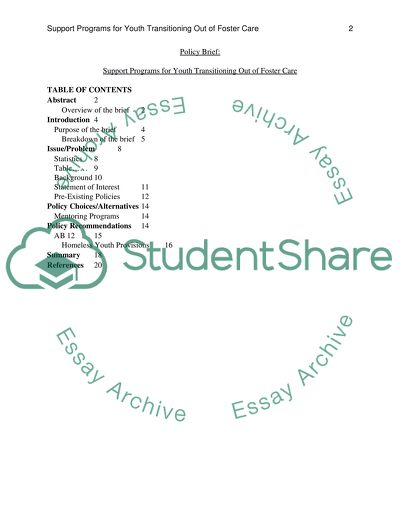Cite this document
(“Support Programs for Youth Transitioning Out of Foster Care Research Paper”, n.d.)
Retrieved from https://studentshare.org/education/1396419-support-programs-for-youth-transitioning-out-of-foster-care
Retrieved from https://studentshare.org/education/1396419-support-programs-for-youth-transitioning-out-of-foster-care
(Support Programs for Youth Transitioning Out of Foster Care Research Paper)
https://studentshare.org/education/1396419-support-programs-for-youth-transitioning-out-of-foster-care.
https://studentshare.org/education/1396419-support-programs-for-youth-transitioning-out-of-foster-care.
“Support Programs for Youth Transitioning Out of Foster Care Research Paper”, n.d. https://studentshare.org/education/1396419-support-programs-for-youth-transitioning-out-of-foster-care.


